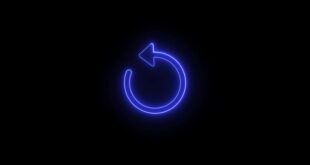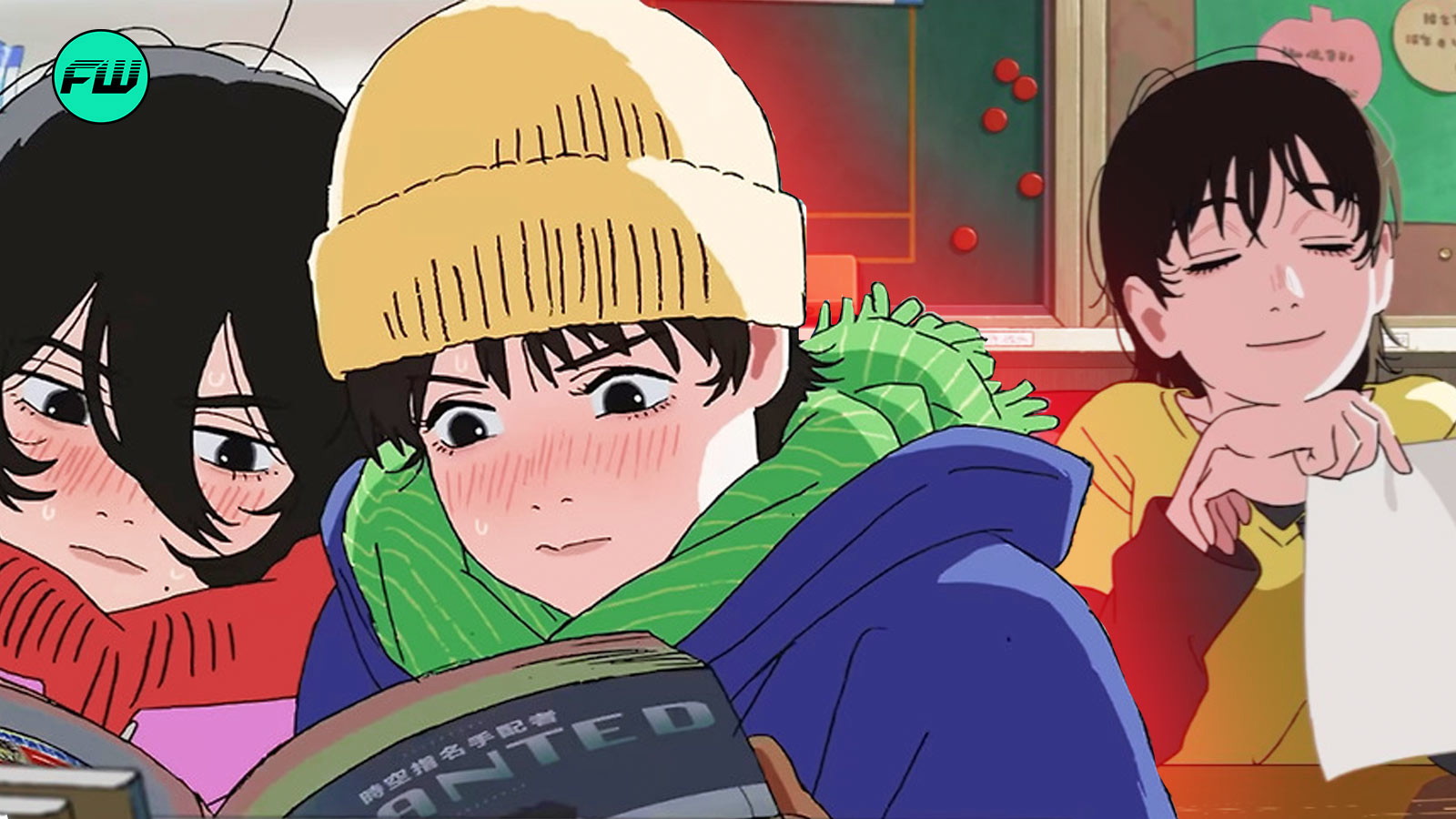
Look Back offers one of the hard-hitting yet melancholic storylines in anime movies to come out in recent years. Based on a one-shot manga by none other than Chainsaw Man creator Tatsuki Fujimoto, this 2024 film even received numerous awards, including the anime film of the year at the Crunchyroll Anime Awards 2025.
Many praise it for how accurately the adaptation captures the art style and storyline, calling it a perfect adaptation of its source material. It’s as if the manga itself has come to life through this film, with Fujimoto’s iconic hand-drawn pages seeing the light of day. But is it actually that faithful? The movie’s director, at least, never wanted it to be.
Look Back wasn’t supposed to be a frame-for-frame adaptation
At Anime Central 2025, Look Back director Kiyotaka Oshiyama took the stage as a special guest and shared some of his creative insights for the film. In fact, what stood out the most, when the discussion shited toward its adaptation process, particularly regarding the movie’s faithfulness to the original manga.
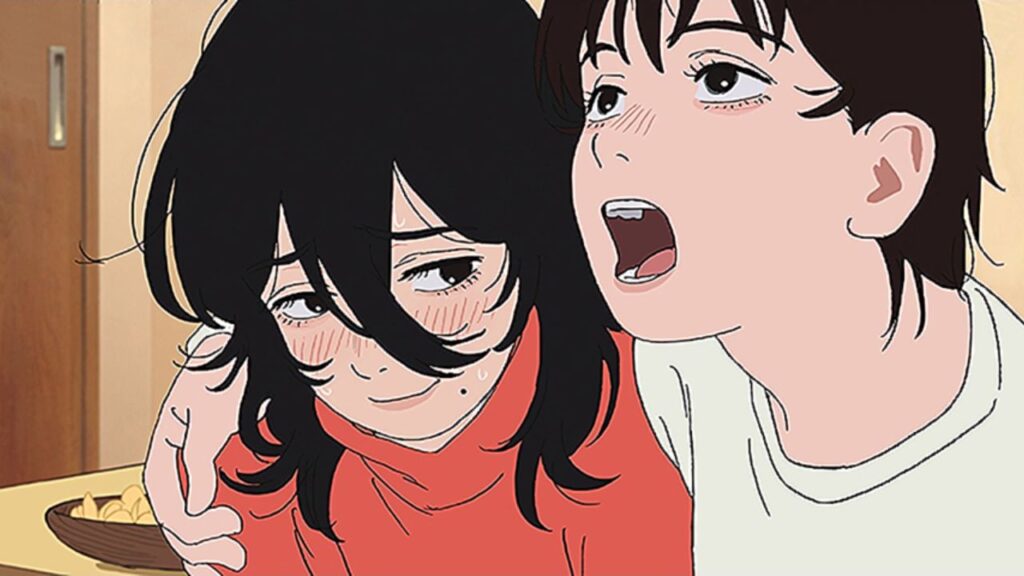
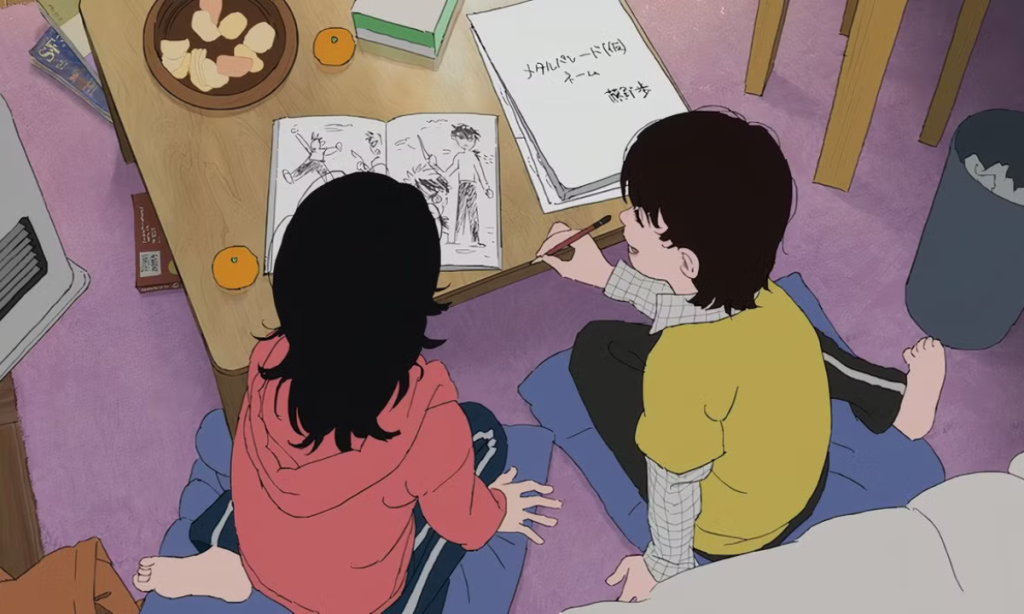
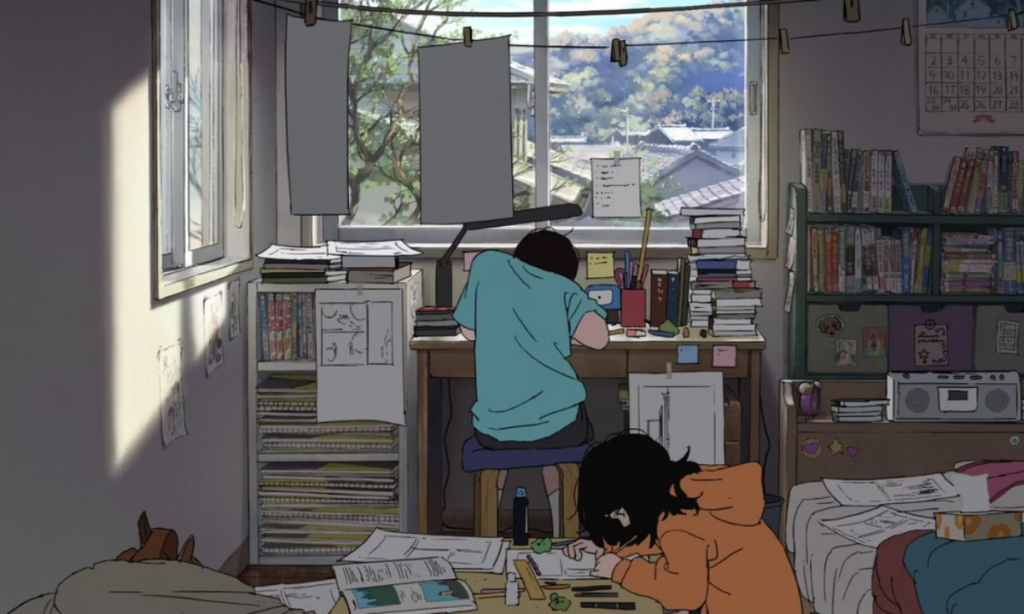
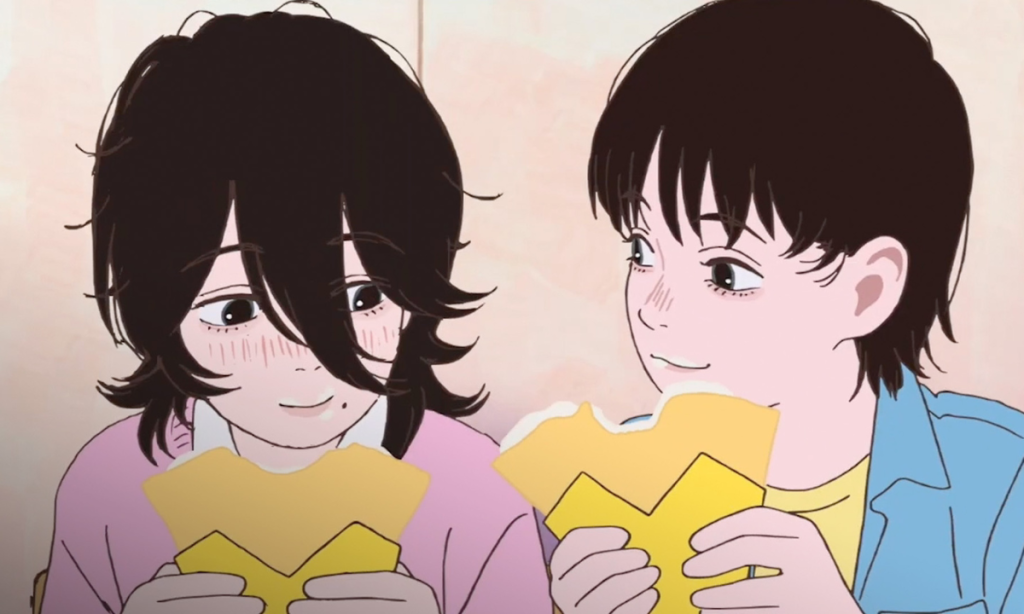
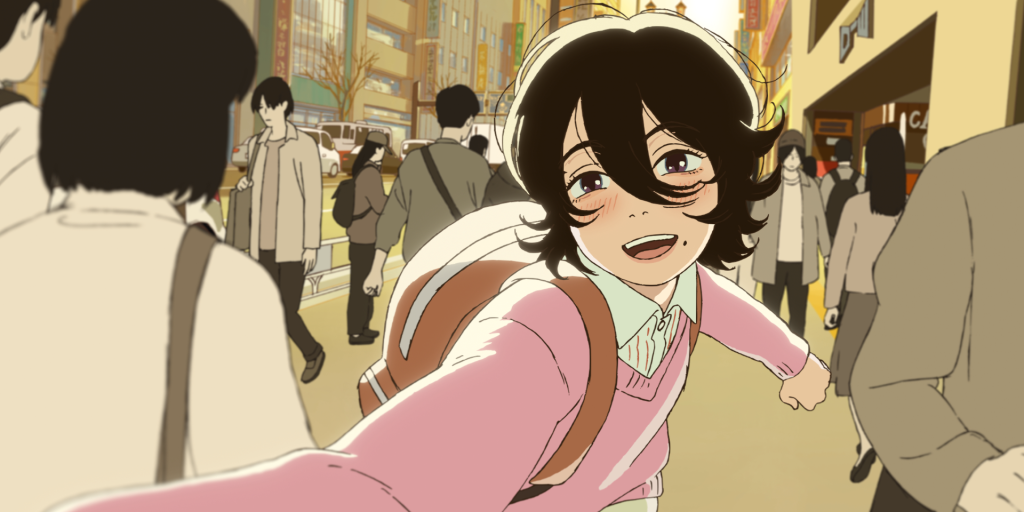
So, was Look Back a “perfect” manga adaptation? Fans were curious to know if the studio had taken creative liberties with the story or stuck closely to the source material. Oshiyama’s response to that wasn’t direct; however, it did give us an idea of what might’ve gone through while adapting the one-shot for the screen.
According to Oshiyama, while Look Back may appear to be a frame-for-frame adaptation at first glance, he believes it actually falls into the latter category of taking creative liberties. He emphasized that manga and anime are distinct media, each with its own strengths and limitations.
It’s impossible to fully convey what’s portrayed in manga in animated form.
Oshiyama further pointed out that certain elements that seem to work well in a manga format may not translate directly to anime. Which is why it’s a responsibility for anime creators to make adjustments in order to convey the story and emotions effectively.
Animation must utilize the creative freedom to improve the source material
We all know that there are still some anime adaptations that have strayed pretty far from their original work, often ending up with mixed reviews. But for Oshiyama, it’s all about leveraging the strengths of animation to bring the story to life.
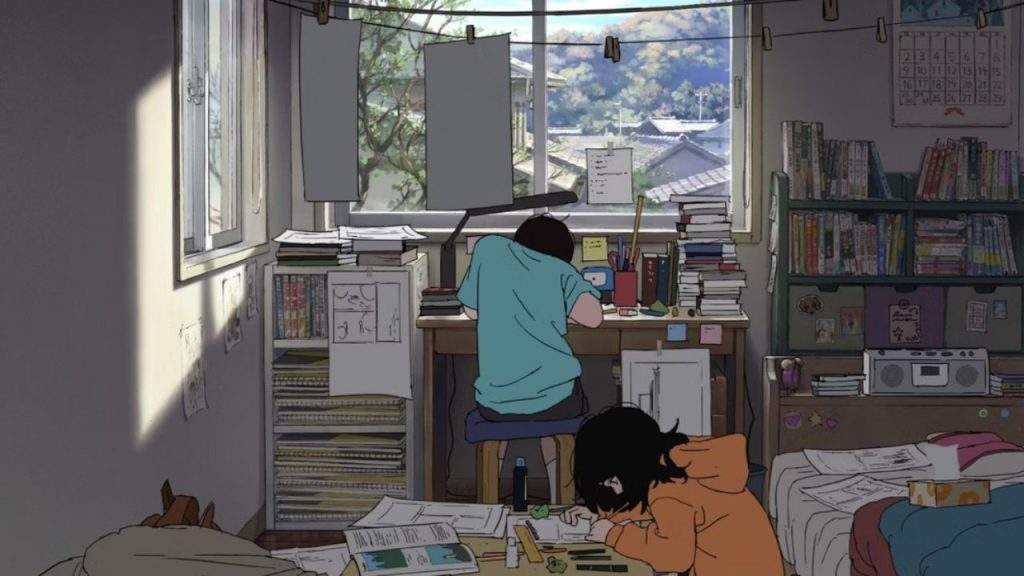
When it comes to adapting manga into anime, he believes it’s essential to play to the medium’s strengths. Rather than trying to replicate the original work panel-for-panel, he thinks it’s better to use animation to add or subtract stuff depending on what viewers would prefer to see on the screen.
I firmly believe that when it comes to anime adaptation, you should really make sure that the animation uses the strengths of the animated medium when it comes to the adaptation.
For Oshiyama, the key to a successful adaptation is embracing the differences between manga and anime. By doing so, even other studios can create a film that not only honors the original work but also offers something new and exciting. And that’s exactly what went into Look Back‘s exemplary success.
Look Back is currently available to watch on Amazon Prime Video.
This post belongs to FandomWire and first appeared on FandomWire
